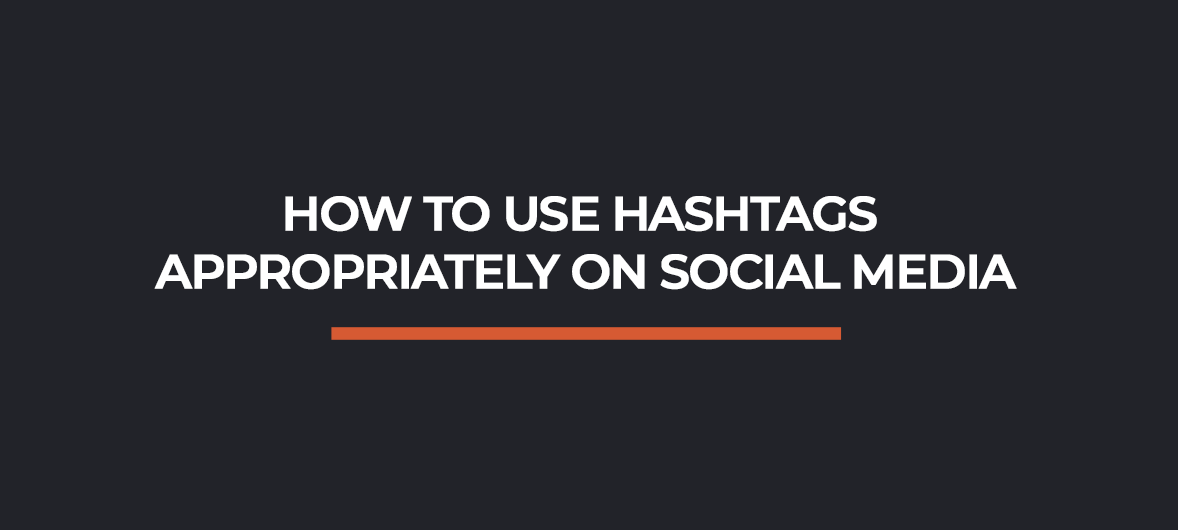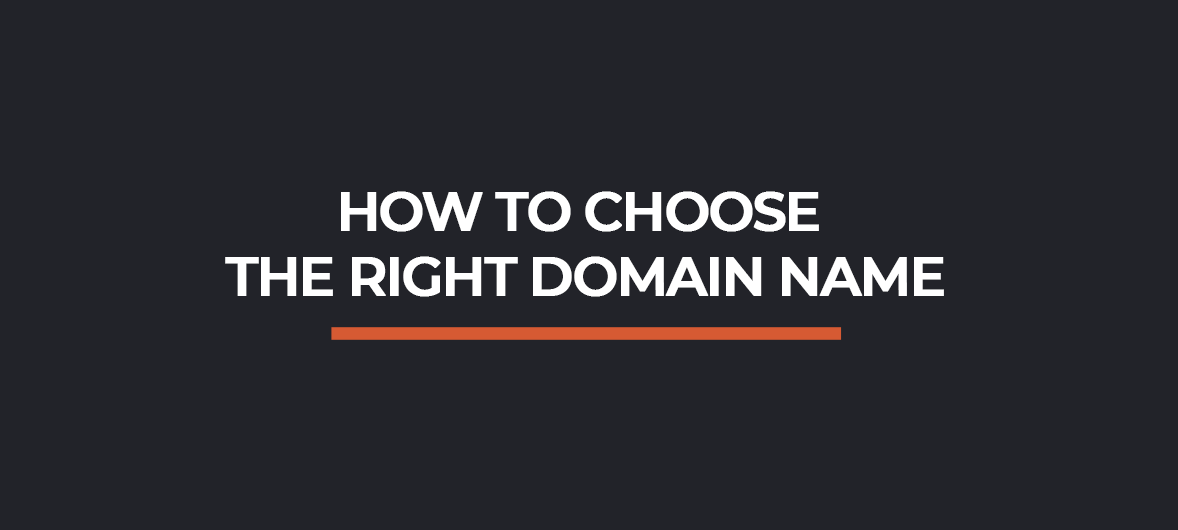SERPs, also referred to as Search Engine Results Pages, are displayed to an internet user who has searched online for something specific. The SERPs will load relevant results that the user might be interested in based on what they have typed into the search engine. SERPs usually include organic search results, Featured Snippets, paid Google Ads and either/or video and image results. If you type something into the search engine on the Google homepage, then the SERP is what will be generated. But what are SERPs, how do they work and why are they beneficial in terms of SEO?
What are SERPs?
How do SERPs work?
Informational – as the name would suggest, informational results are provided to a user who wants specific knowledge about a topic. In this case, the SERP might display a Wikipedia article either at the top of the SERP or in the Answer Box. It might also display YouTube videos or present the user with educational websites.
Transactional – transactional queries are searched for in the event that the user wishes to purchase a product or are looking for a specific service, such a roof retiling, for example. In this case, the SERP will present the user with retailers and/or vendor marketplaces. It could also bring up results detailing a retailer’s business opening hours, a phone number and even an address.
Navigational – this enables a user to find a website without having to type in the full URL. For instance, someone could be a huge fan of AC/DC, so they type that into the search engine and the SERP will bring up their website or online merchandise shop that, eventually, links back to their official website. Whether the user has the website’s URL or not, they’ll still come across the website.
Why are SERPs important for SEO?
SERPs help to determine how and where a website appears on the first page of Google. For example, let’s say you’ve written an article about how to start a blog and you want it to rank for “how to start a blog” as a keyword, then you might well appear on the first page of Google, but you might find that SERP features, such as Answer Box and ‘People Also Asked’, is the number one result and not your own, meaning that your highly-relevant, optimised article is pushed below the number one spot. So even if you manage to crack page one of Google, you aren’t necessarily going to get many clicks.
This may be because the SERP for “how to start a blog” is extremely competitive. You might find that other keywords, such as “link building” will be less busy in the SERPs, making it less competitive and, therefore, easier for your article to appear in the number one search result, resulting in more clicks and a higher rate of engagement. Why else are SERPs important for SEO and optimisation?
They improve organic search results
- Off-page SEO signals, also known as backlinks
- On-page SEO signals, such as keywords and phrases
- How quickly a site loads
- Trust signals and brand presence
It allows for paid search results to appear
According to Rank Ranger, paid advertisements appear on 51.61% of page one of the SERPs, but when adverts do appear, there are around 3.10 ads on each SERP, states Rank Ranger in the same article. High-value search terms that are also competitive will be automatically pushed down to the bottom of the SERP by Google, thanks to its in-depth algorithm.
But this then means that ads appear at both the top and bottom of the page results, meaning that organic results become drowned out. However, using keywords in PPC ads shouldn’t be discouraged because traffic is still incredibly valuable, regardless of the fact ads have the ability to reduce your CTR.
Featured snippets are visible
A study found that 12% of all SERPs have Featured Snippets. Some of the most common types of featured snippets include: FAQs, bullet-pointed lists, numbered lists and even tables. Most Featured Snippets will contain text in some form and length, but Google has started adding videos to their Featured Snippets results.
However, Featured Snippets can be both beneficial and harmful; harmful because they will always appear at the top of the SERPs, thus pushing organic results further down the search results, which means it’ll be more difficult for them to get any exposure, clicks or engagement. However, Featured Snippets can be beneficial because your own content can appear inside the Featured Snippet. When this happens, you’ll experience high organic CTR.
The user will benefit from an Answer Box
Rank Ranger also found that 18% of search results have something called “Direct Answers” and this will almost always appear in the Google Answer Box. It’s the goal of any marketer to have their content appear in the Google Answer Box because it’s proven to be valuable enough to warrant being labelled by Google’s algorithm as a “Direct Answer”. Unlike Featured Snippets, however, Direct Answers do not link to the exact answer or credit the source.
‘People Also Asked’ feature is clearly displayed & can be easily utilised
This is a relatively new Google feature that’s usually inserted in the middle of the SERP. When one is clicked on, it expands to reveal an answer to the question that “people [have] also asked”. According to Moz, 58% of Google’s results have a “People Also Asked” feature. It can be used to a marketer’s advantage in order to generate content ideas as they know that what appears in the “People Also Asked” section will reveal popular questions that people are looking to have answered.
For example, if a popular question is “how much is a triple-glazed window”, then you could write an article, if you create content for a windows and doors company, that answers that exact questions, and its title could even be the same: “How Much is a Triple-Glazed Window?”. It would be worthwhile because you know that this is something people are searching for, so they’ll be more likely to stumble across your article over someone else’s.
Andy Morley has over two decades of experience in the digital marketing industry. Whether you need a website redesign, SEO services, PPC services or content creation, then you’ll always be able to look to Andy and his team to catapult your website into the spotlight, setting you apart from your competitors. For more information, get in touch with a member of the friendly, knowledgeable team today – they’re always happy to hear from you.




















